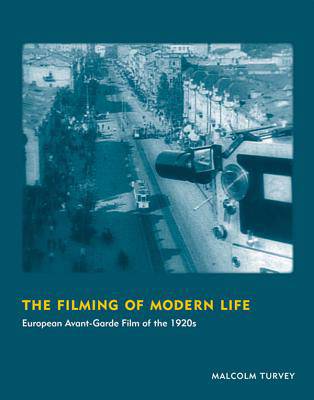
- Afhalen na 1 uur in een winkel met voorraad
- Gratis thuislevering in België vanaf € 30
- Ruim aanbod met 7 miljoen producten
- Afhalen na 1 uur in een winkel met voorraad
- Gratis thuislevering in België vanaf € 30
- Ruim aanbod met 7 miljoen producten
Omschrijving
The complex stance toward modernity taken by 1920s avant-garde cinema, as exemplified by five major films.
In the 1920s, the European avant-garde embraced the cinema, experimenting with the medium in radical ways. Painters including Hans Richter and Fernand Léger as well as filmmakers belonging to such avant-garde movements as Dada and surrealism made some of the most enduring and fascinating films in the history of cinema. In The Filming of Modern Life, Malcolm Turvey examines five films from the avant-garde canon and the complex, sometimes contradictory, attitudes toward modernity they express: Rhythm 21 (Hans Richter, 1921), Ballet mécanique (Dudley Murphy and Fernand Léger, 1924), Entr'acte (Francis Picabia and René Clair, 1924), Un chien Andalou (Salvador Dalí and Luis Buñuel, 1929), and Man with a Movie Camera (Dziga Vertov, 1929). All exemplify major trends within European avant-garde cinema of the time, from abstract animation to "cinéma pur." All five films embrace and resist, in their own ways, different aspects of modernity.
Specificaties
Betrokkenen
- Auteur(s):
- Uitgeverij:
Inhoud
- Aantal bladzijden:
- 213
- Taal:
- Engels
- Reeks:
Eigenschappen
- Productcode (EAN):
- 9780262525114
- Verschijningsdatum:
- 13/09/2013
- Uitvoering:
- Paperback
- Formaat:
- Trade paperback (VS)
- Afmetingen:
- 170 mm x 221 mm
- Gewicht:
- 476 g

Alleen bij Standaard Boekhandel
Beoordelingen
We publiceren alleen reviews die voldoen aan de voorwaarden voor reviews. Bekijk onze voorwaarden voor reviews.











